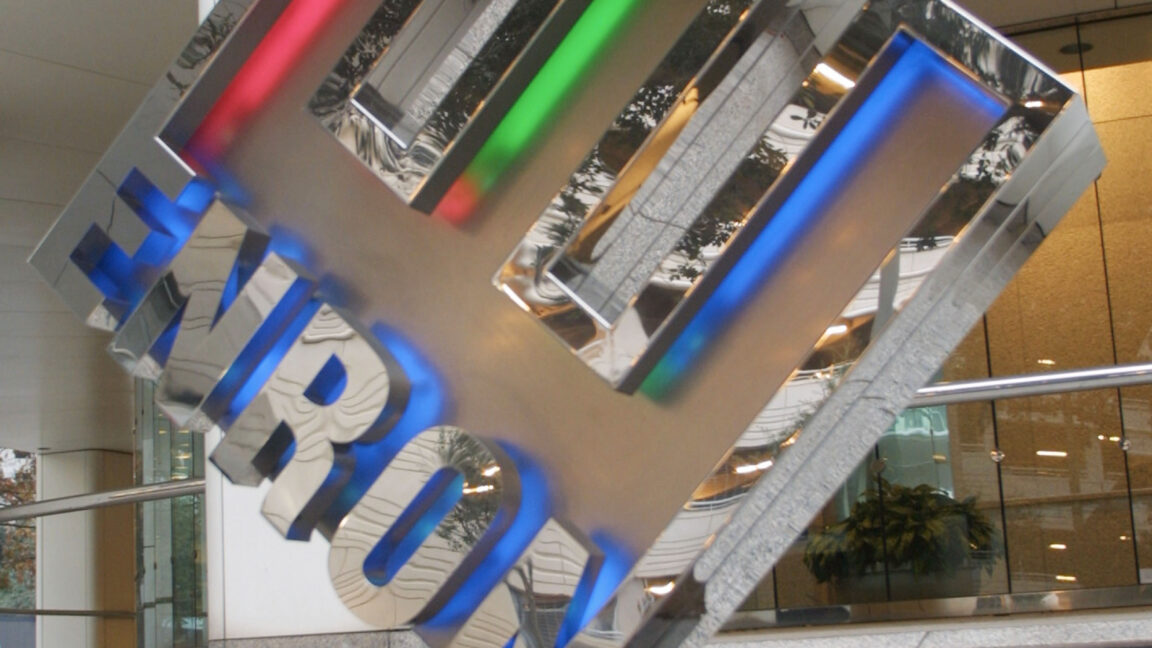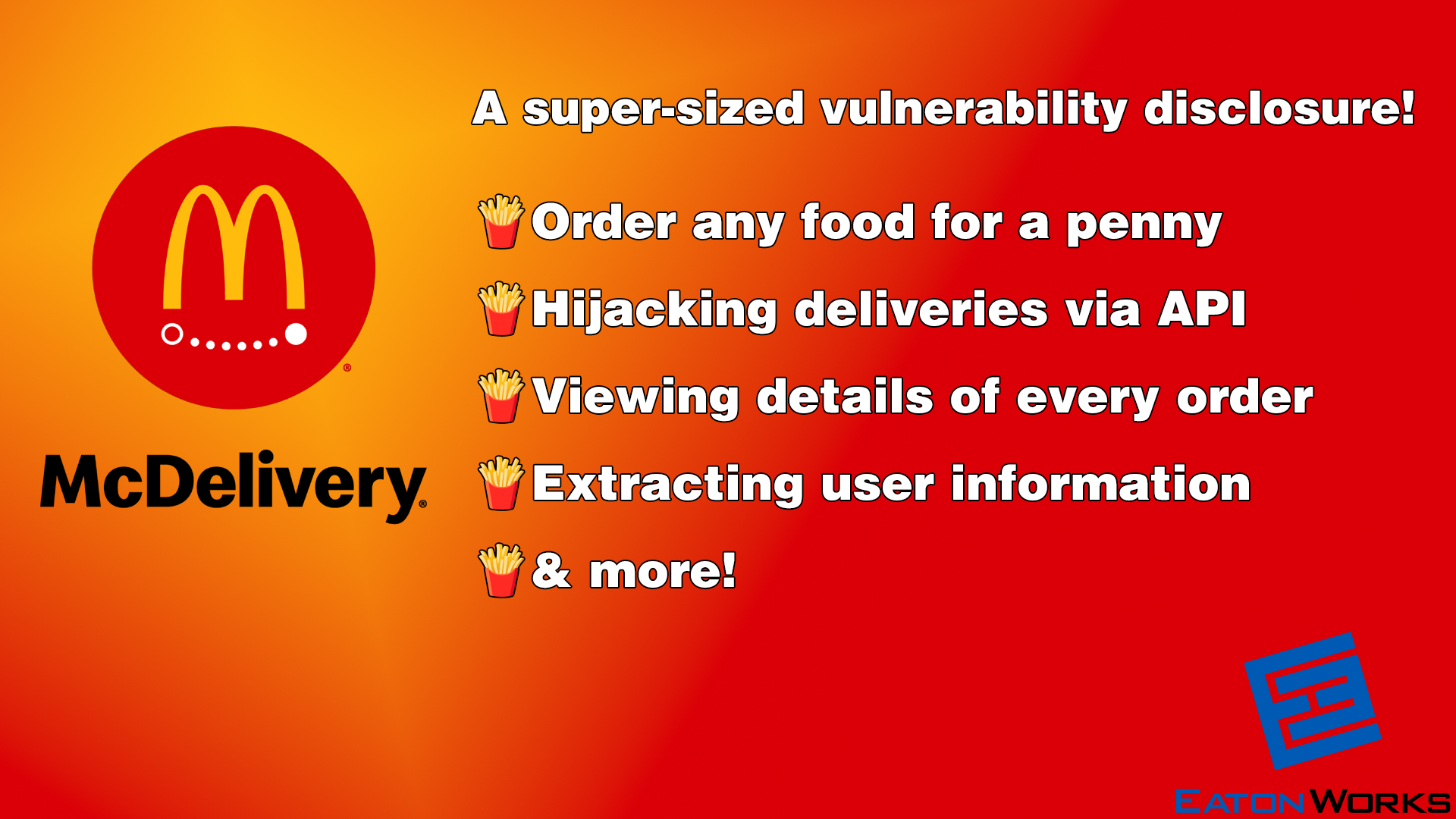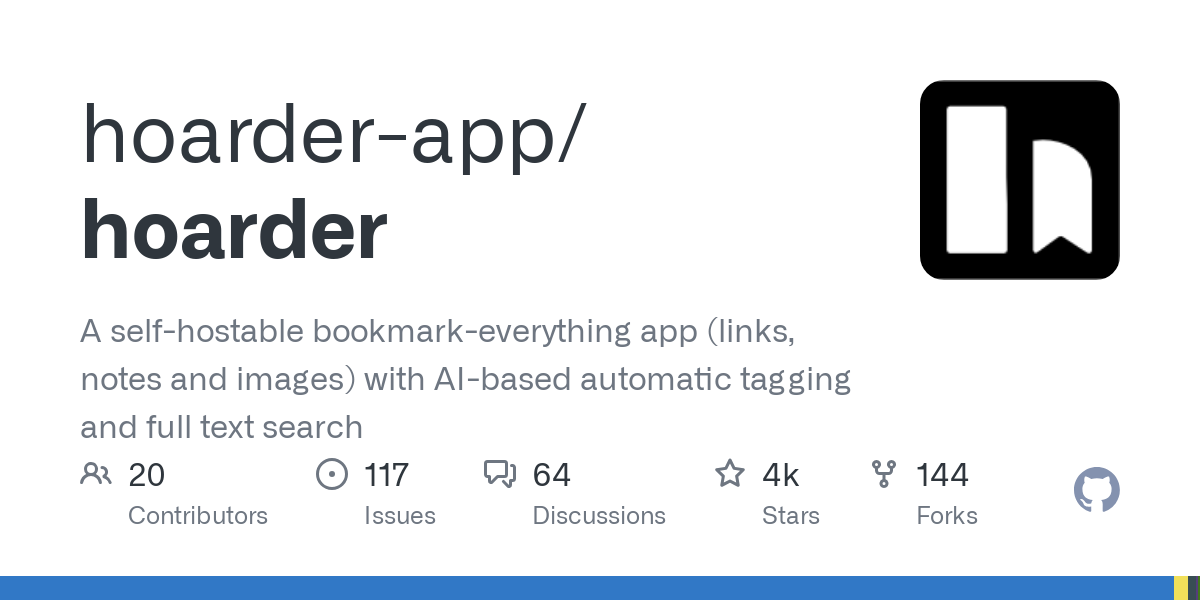- 7 Posts
- 24 Comments

 4911·3 months ago
4911·3 months ago$80 for a lifetime subscription is reasonable for a well developed app without venture capital subsiding the cost.
Plexpass lifetime is $120.
I believe the Germans call this feeling Schadenfreude
 171·4 months ago
171·4 months agoMissed opportunity for tmi to reference trebuchets instead the post mentioning …. catapults
Mentioning Five Filters because no one has mentioned it yet. It will pull the full text of the articles and present them to you in your RSS reader (or FreshRSS) so you don’t have to navigate to a browser to read the article. Everything takes place in your native RSS app. I use it as a docker container. Actually, I create a stack with FreshRSS and Five Filters in the stack.
Five Filters has a paid service, but they also have a free docker app for people who want to self-host. https://github.com/heussd/fivefilters-full-text-rss-docker
I’m still searching for a good iOS reader app for FreshRSS.
I appreciate your effort here & the screenshots. Unfortunately, this isn’t what I was looking for. This just imports a “dumb” feed and doesn’t actually integrate with the API. Integrating with FreshRSS’ API, (the app OP mentioned), allows the RSS reader to interoperate with the FreshRSS application. For example, if I read an article on my mobile device, it will be marked as read on FreshRSS. So if I later pull up my feed on Newsboat (on my linux machine) or Readrops (my android tablet), those same articles won’t be presented to me again. Also, if I’ve made any customizations regarding my home feed in FreshRSS those will also be reflected in these other RSS Readers. That’s why the API is the preferred way to connect to these other readers.
I just didn’t see a place for a user/API key input within feeeed.
I couldn’t get this to work with FreshRSS. Do you know how to integrate it with the FreshRSS api?

 9·5 months ago
9·5 months ago… plans emerged last week when the Australian Signals Directorate (ASD) published guidance for High Assurance Cryptographic Equipment (HACE) – devices that send and/or receive sensitive information – that calls for disallowing the cryptographic algorithms SHA-256, RSA, ECDSA and ECDH, among others, by the end of this decade.
With regard to the algorithms used to hash data – particularly SHA-224 and SHA-256 – Buchanan expressed surprise that neither will be approved for use beyond 2030.
“The migration within five years will not be easy, as every single web connection currently uses ECDH and RSA/ECDSA,” he wrote. “These methods are also used for many other parts of a secure infrastructure.”
Looks like we could be in for interesting times.

 34·5 months ago
34·5 months agoAccording to analysts at Emarketer, from when Musk acquired X in 2022 until 2025, they expect X to have lost 7 million monthly active users in the U.S.
The declining user base pales in comparison to the decline of X’s brand and value. According to a recent report from Brand Finance, X’s brand is now worth 673 million. The brand was valued at $5.7 billion before Musk’s takeover in 2022. When it comes to revenue, X’s revenue fell by 40 percent when compared to the prior year based on internal company data from June 2024.

 25·5 months ago
25·5 months agoThe Anglos prefer muffins with nooks. Saxons like ones with crannies. Anglo-Saxons prefer English muffins which have both nooks and crannies.

 1·6 months ago
1·6 months agoHave you tried deleting the docker config and starting with a fresh install?

 11·6 months ago
11·6 months agodeleted by creator
 51·6 months ago
51·6 months agoThat’s why they implemented ranked choice

 7·7 months ago
7·7 months agoI’m not the dev, just a happy user so wanted to share 😀

 2·7 months ago
2·7 months agodeleted by creator

 3·7 months ago
3·7 months agoThe Scooba? I was thinking about getting one of those. How do you like it?

 7·7 months ago
7·7 months agoThanks for adding the android bit. I don’t use android so that perspective is helpful.
My use case is mostly bookmarking webpages and archiving webpages. I wouldn’t use this app for notes, it’s too new (project is less than 1 year). But Joplin, Obsidian, etc. which are purely note-taking apps also require strict markdown formatting, so this app isn’t doing anything out of the ordinary there.
Developer updates the app very regularly so please submit a PR about the title issue. That would be good to fix.

 10·7 months ago
10·7 months agoI’ve been using it for about 2 months now. I self-host it as a Docker image. I use the iOS mobile app, the web app and I use the firefox extension. Everything works great.
I did have to configure iOS share menu to put the hoarder app at the top of the share list because I got tired of having to scroll down each time to find it. You can find instructions to customize the iOS share menu here.
I don’t use the OpenAI feature but it is supposed to work well. The Local LLM tagging feature can be wonky sometimes, but I think that is more about my poor Docker networking skills than the app itself.

 105·7 months ago
105·7 months agoI’m shocked. There must be an error in this analysis. /s
Maybe engage an AI coding assistant to massage the data analysis lol




I appreciate the response. I updated it and there was some success in that Jellyfin isn’t throwing errors anymore, which is a step in the right direction. So thank you for that. Unfortunately it still isn’t working. I did a little more log digging and found this:
[16:35:50] [INF] [1] Jellyfin.Plugin.Dlna.Main.DlnaHost: Registering publisher for urn:schemas-upnp-org:device:MediaServer:1 on 172.21.0.2 with uri http://172.21.0.2:8096/dlna/6a8078b6-cb55-4b46-acf0-64e99f2a7a79/description.xmlI think the issue might(?) be that DLNA is on a docker subnet and my home receiver is on a local 192.169.x.x subnet. I’m not sure though.
Edit: I also checked the Jellyfin docs and tried opening up ports 1900 and 7359 on the gluetun container. That didn’t do anything though.